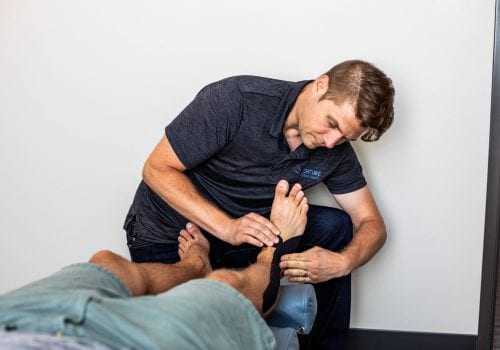
The following tips have been adapted from “Low Back Disorders: Evidence-Based Prevention and Rehabilitation by Stuart McGill.”
We get a lot of questions in the clinic on what is the best ways to lift, push, pull or even sit. A lot of times my answer is: “It depends!” Work and home environments are not equal. Thankfully there are some helpful guidelines that if followed can assist in injury prevention. One must always strive to optimize the correct biomechanics when performing tasks at work or home. Consider the following an injury prevention primer.
- Design tasks and work that facilitate variety.
-The idea here is that too much of one activity often leads to trouble. Repetitive movements add up and accumulate stress on the tissues which can lead to increased risk of injury.
- Spine power: keep it low.
-High power damages discs.
-If the force on your spine is high, your bending velocity must be low and vice versa.
- During all loading tasks, avoid full flexion of the spine and try to rotate your trunk (think core/midback) using your hips.
-Disc herniation cannot occur, and ligaments will not be damaged, because they are slack.
-Increased anterior shearing and excessive compressive loads on the disc are avoided.
- During lifting, look to minimize the reaction torque on the low back.
-A neutral spine is good, thus squatting or stooping or something in between reduces torque in the low back.
-Try to keep external loads close to the body.
- Consider the transmissible vector.
-Guide/direct forces through the low back. For example, when vacuuming, holding and pushing the vacuum directly in front of you with your hands at naval height is safer for your back than pushing the vacuum with one hand of to the side.
- Utilize techniques that minimize the weight of the load being handled.
-Balance weight between both hands.
-Gain some momentum when lifting from a low to high place.
-Utilize your legs to help lift an item or direct force through your leg. Ex: resting and pushing your forearm off your thigh before you lift while shoveling.
I understand none of these guidelines is foolproof but adopting the above strategies will greatly help you in avoid injury. When injury does occur we are here to help you move better, feel better and be a better you!
–Matt Casperson, DC



